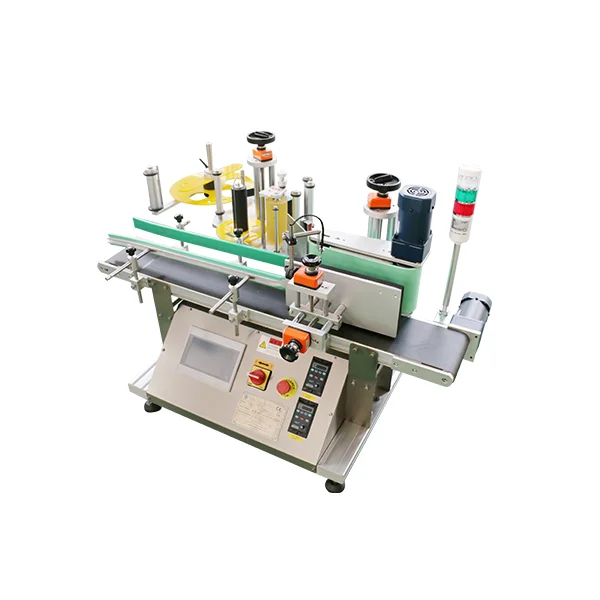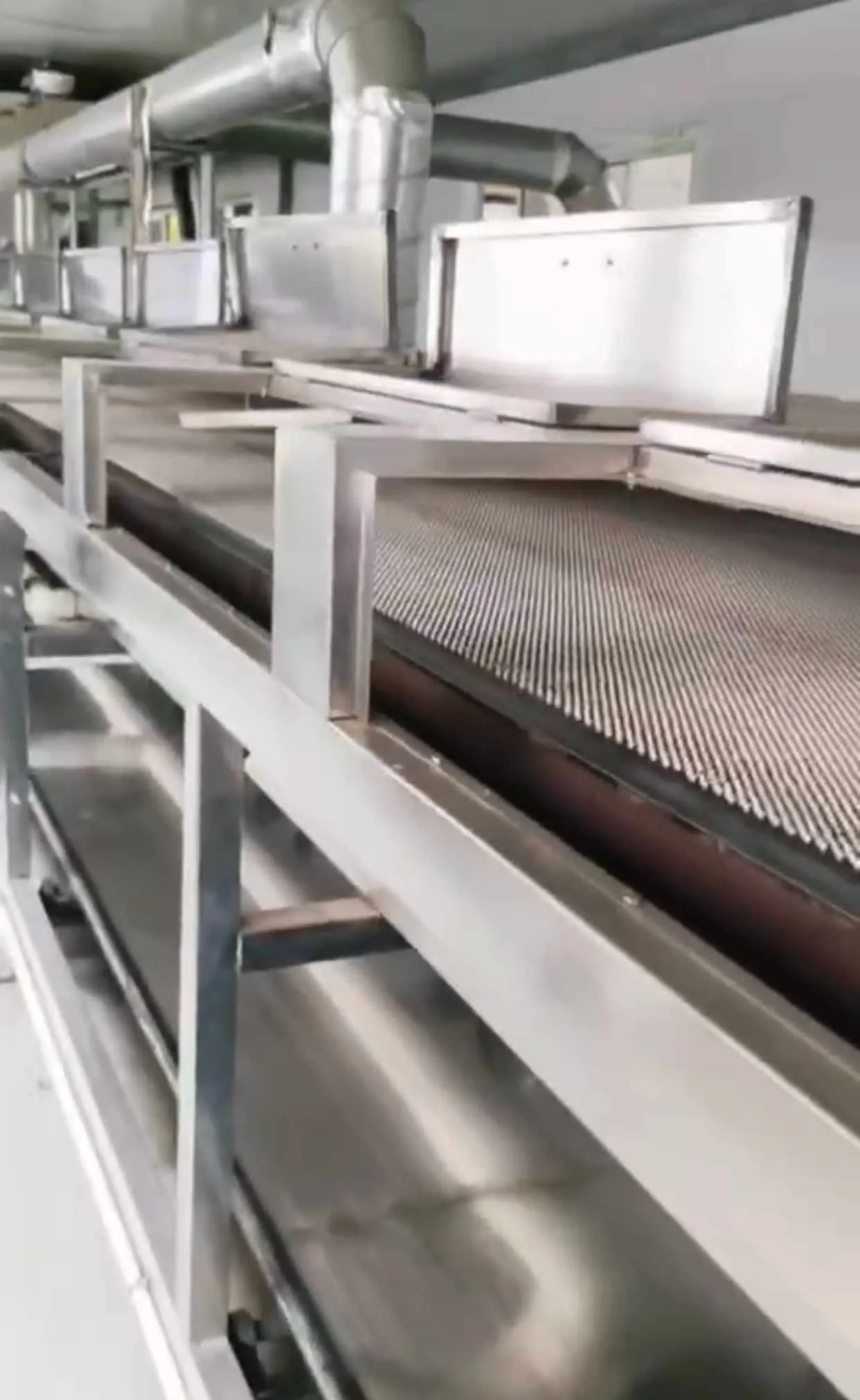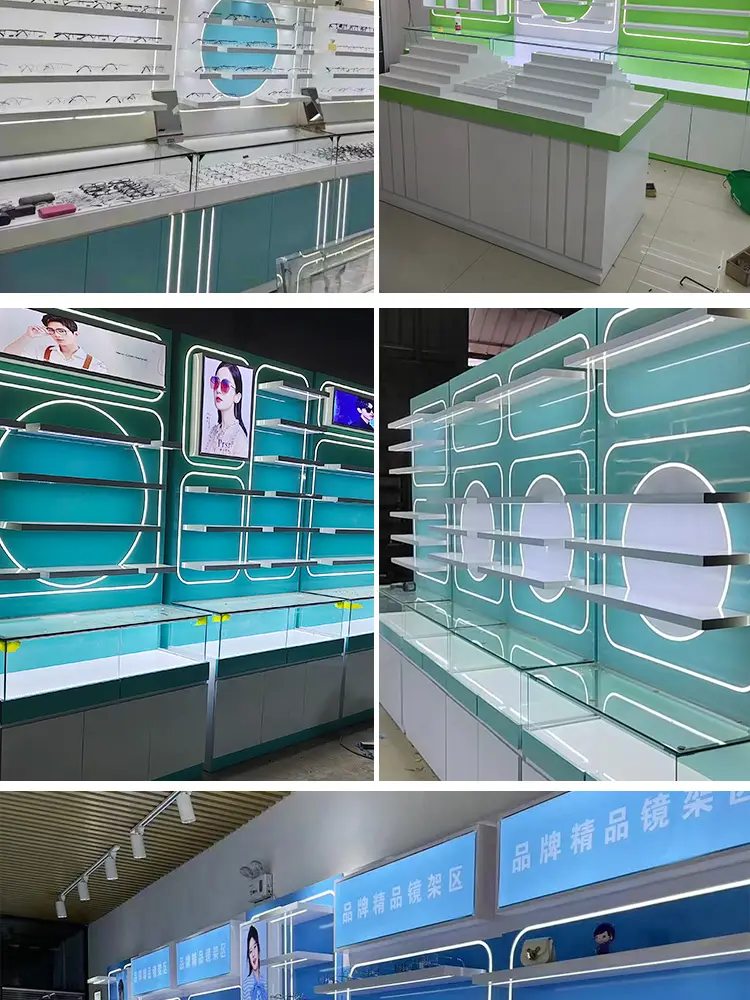Screen printing is a versatile and popular method for transferring designs onto various substrates, from textiles to promotional products. However, the success of your screen printing venture heavily relies on the quality of the equipment you use, particularly the printer. With a myriad of options available, selecting the right printer can be daunting. This article aims to provide an in-depth analysis of the types of printers suitable for screen printing, ensuring you make an informed decision that aligns with your specific needs.
Understanding Screen Printing
Before delving into the types of printers, it’s essential to grasp the fundamentals of screen printing. This technique involves creating a stencil (or screen) and using it to apply layers of ink onto a surface. The process is known for its ability to produce vibrant colors and intricate designs, making it a favorite among artists and businesses alike. However, the initial step of preparing the design for screen printing is crucial, and this is where the right printer comes into play.
Types of Printers for Screen Printing
- Inkjet Printers Inkjet printers are commonly used for screen printing, particularly for creating film positives. These printers work by spraying tiny droplets of ink onto a substrate, allowing for high-resolution images and detailed designs. When selecting an inkjet printer for screen printing, consider the following:
- Resolution: Look for printers that offer high DPI (dots per inch) settings, ideally 1200 DPI or higher, to ensure crisp and clear film positives.
- Ink Type: Pigment-based inks are preferred for screen printing as they provide better opacity and durability compared to dye-based inks.
- Media Compatibility: Ensure the printer can handle various media types, including transparency film, which is essential for creating stencils.
- Laser Printers Laser printers are another option for producing film positives. They use a laser beam to transfer toner onto paper, resulting in sharp and precise images. Key considerations for laser printers include:
- Toner Quality: High-quality toner is crucial for producing opaque film positives. Look for printers that use solid black toner, as this will yield better results for screen printing.
- Speed: Laser printers tend to be faster than inkjet printers, making them suitable for high-volume production environments.
- Cost Efficiency: While the initial investment may be higher, laser printers often have lower operating costs due to the longevity of toner cartridges.
- Direct-to-Garment (DTG) Printers Although not traditional screen printing, DTG printers have gained popularity for their ability to print directly onto garments. They use inkjet technology but are specifically designed for fabric printing. Considerations for DTG printers include:
- Print Quality: Look for printers that offer high-resolution printing and vibrant color reproduction, as this is essential for apparel.
- Fabric Compatibility: Ensure the printer can handle various fabric types, including cotton, polyester, and blends.
- Production Speed: DTG printers can be slower than traditional screen printing methods, so assess your production needs accordingly.
Factors to Consider When Choosing a Printer
When selecting a printer for screen printing, several factors should guide your decision:
- Volume of Production: Assess your production needs. For high-volume operations, consider printers that offer speed and efficiency.
- Budget: Determine your budget for both the initial purchase and ongoing operating costs. Balance quality with affordability.
- Space and Size: Consider the physical space available for your printer. Some models may require more room than others.
- Ease of Use: Look for printers that are user-friendly, especially if you are new to screen printing.
Conclusion
Choosing the right printer for screen printing is a critical step that can significantly impact the quality of your final products. Whether you opt for an inkjet, laser, or DTG printer, understanding the specific requirements and capabilities of each type will help you make an informed decision. By considering factors such as production volume, budget, and ease of use, you can select a printer that not only meets your needs but also enhances your screen printing capabilities. Investing in the right equipment will ultimately lead to better results, satisfied customers, and a thriving screen printing business.



